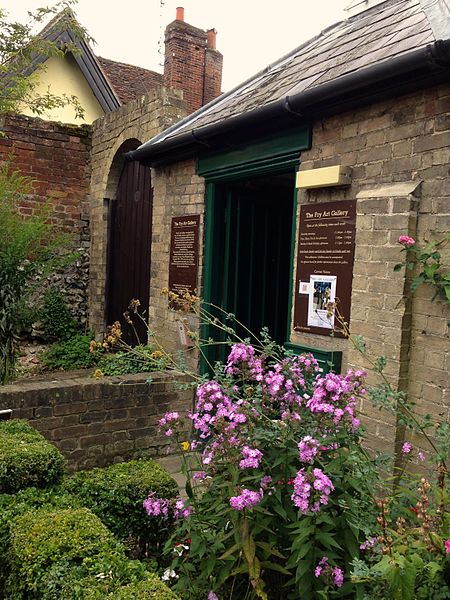Fry Art Gallery
1985 establishments in EnglandArt museums and galleries established in 1985Art museums and galleries in EssexSaffron WaldenUse British English from February 2023

The Fry Art Gallery is an art gallery in Saffron Walden, Essex. Recognised as an Accredited Museum by Arts Council England, it displays work by artists of national significance who lived or worked in North West Essex during the twentieth century and after. The gallery is known for its comprehensive collection of work by the Great Bardfield Artists, including Edward Bawden and Eric Ravilious.
Excerpt from the Wikipedia article Fry Art Gallery (License: CC BY-SA 3.0, Authors, Images).Fry Art Gallery
Castle Street, Uttlesford Pleasant Valley
Geographical coordinates (GPS) Address Nearby Places Show on map
Geographical coordinates (GPS)
| Latitude | Longitude |
|---|---|
| N 52.0251 ° | E 0.2378 ° |
Address
Castle Street
CB10 1BD Uttlesford, Pleasant Valley
England, United Kingdom
Open on Google Maps









